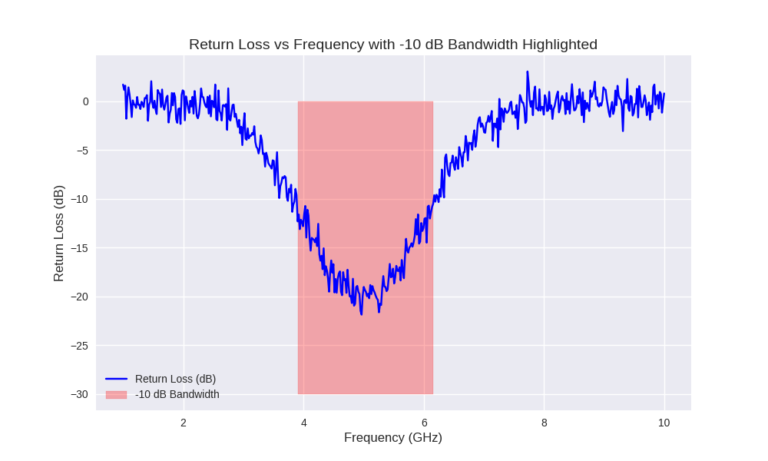Unveiling the Soul of an Antenna: Radiation & Resonance in Harmony
In the world of wireless communication, antennas are not mere metallic appendages—they are storytellers of energy, sculptors of space, and bridges between silence and signal. To understand an antenna is to grasp the dance between radiation and resonance, each shaping its performance and purpose.
Radiation Characteristics: How Antennas Speak to the World
Radiation defines how an antenna emits or receives electromagnetic waves. It’s the outward expression of its inner design.
What You’ll Work On
- Custom antenna design, simulation, and impedance tuning
- RF circuit prototyping and PCB layout
- Industrial IoT integration for smart monitoring and control
- Deep learning tools for antenna performance prediction
- Technical documentation
- Hands on experimentation using VNA and Spectrum Analyzers
Gain
- Definition: Gain quantifies how effectively an antenna directs energy compared to an isotropic radiator.
- Insight: Higher gain means stronger signal in a preferred direction, ideal for long-range communication.
- Example: A Yagi antenna with 9 dBi gain focuses energy like a flashlight beam.
Directivity
- Definition: Directivity measures how concentrated the radiation is in a particular direction.
- Note: Unlike gain, it excludes losses—purely geometric.
Use Case: Crucial in radar and satellite systems where precision matters
Radiation Patterns
- Definition: A graphical representation of antenna radiation in space.
- Types:
- Isotropic: An ideal case (e.g., point source)

- Omnidirectional: Uniform in all horizontal directions (e.g., dipole).

- Directional: Focused beam (e.g., horn, patch).

Resonance Characteristics: The Antenna’s Inner Tuning
Resonance is where the antenna finds its voice—matching the frequency of operation with minimal resistance.
VSWR (Voltage Standing Wave Ratio)
- Definition: Ratio of reflected to transmitted voltage.
- Ideal Value: 1:1 (perfect match); acceptable < 2:1.
- Impact: Lower VSWR means better power transfer and reduced losses.

Return Loss
- Definition: Measure of power reflected back due to impedance mismatch.
- Formula: RL (dB) = −20 log₁₀|Γ|
- Benchmark: >10 dB is good; >20 dB is excellent.


